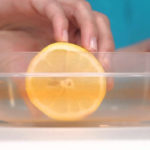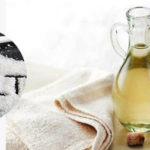A bright, white smile not only makes your face look younger but also boosts your confidence and leaves a lasting impression on others. Understanding the market demand, dental clinics have introduced numerous teeth-whitening services such as dental implants, veneers, scaling, and blue light treatments. While these methods are effective, they are often considered expensive and inaccessible to many. Therefore, today I will share with you some methods to achieve whiter teeth using readily available at-home remedies that are simple, inexpensive, and highly effective.
1 Teeth Whitening with Lemon
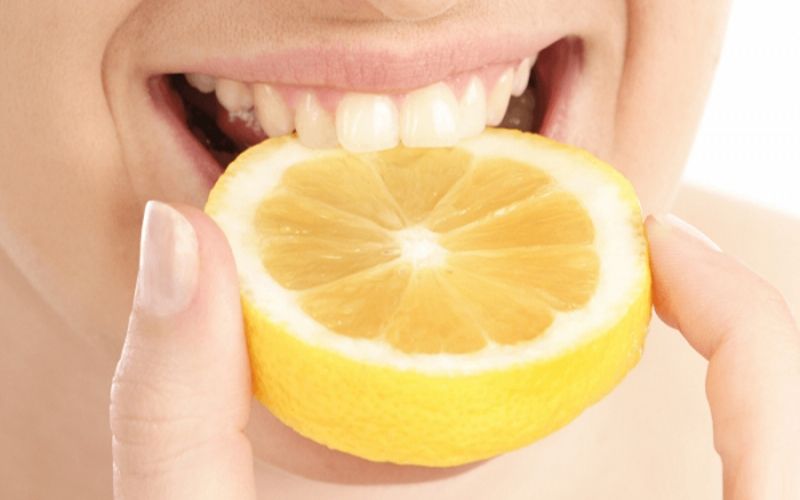
Lemon is not just a refreshing ingredient for cool drinks, but it’s also a natural teeth-whitening agent that not everyone knows about. With its strong acidic properties and abundant vitamin C content, lemon can help remove yellow stains, reduce gum inflammation, and leave your breath smelling fresh for longer periods.
For detailed instructions on how to whiten your teeth using lemon, refer to: .
2 Teeth Whitening with Coconut Oil
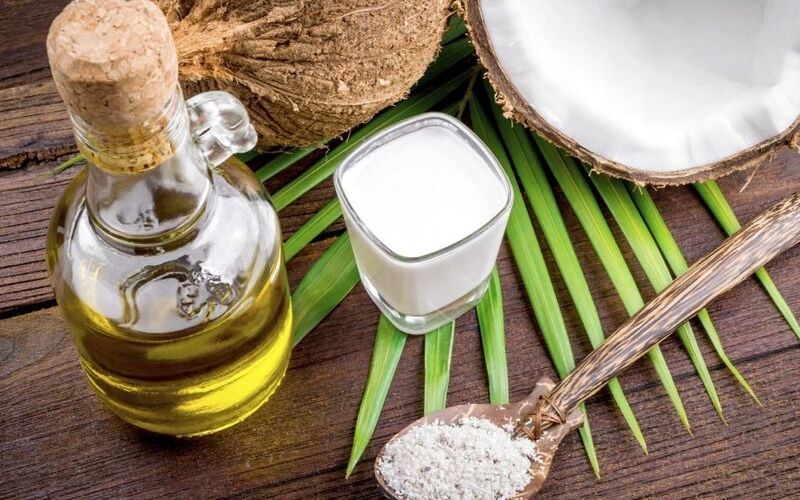
Coconut oil contains lauric acid, a type of neutral fatty acid that can effectively eliminate bacteria and stubborn colored stains on teeth. Additionally, the antioxidants in coconut oil inhibit streptococcus, a bacteria responsible for tooth decay and gum diseases.
For enhanced results, you can make your own pure coconut oil at home by following this guide: .
If you’re unsure how to whiten your teeth with coconut oil, refer to:
3 Teeth Whitening with Salt
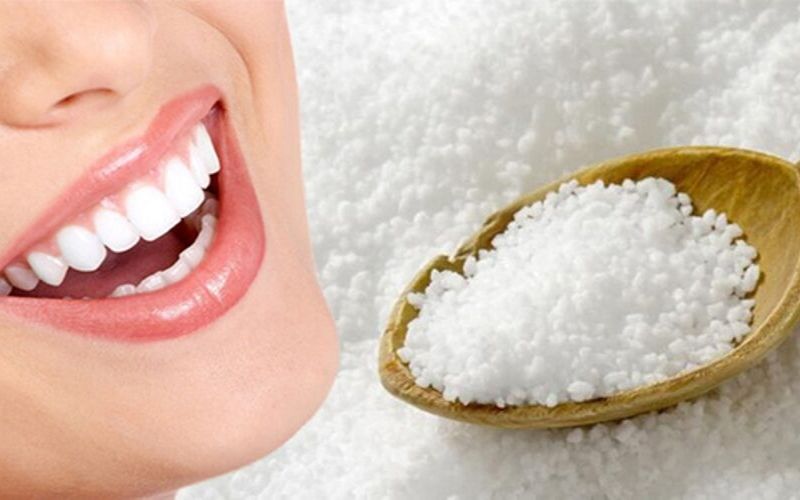
Salt is not just a familiar kitchen seasoning, but it’s also a natural and safe teeth-whitening agent that you can use at home. Salt contains ionic minerals, giving it strong antibacterial properties that help disinfect bad breath, remove leftover food particles, and eliminate stubborn stains on teeth.
Whitening your teeth with salt is simple. For a more detailed explanation, refer to:
4 Teeth Whitening with Banana Peel

Banana peel is not just a waste product of this delicious and nutritious fruit. One of its hidden benefits is its remarkable ability to whiten teeth. Rich in potassium, serotonin, and magnesium, banana peel removes yellow stains and nourishes your teeth, keeping them strong and healthy.
Banana peels are packed with minerals like potassium, magnesium, and manganese. They are not only excellent for your overall health but also effective in removing dental plaque and quickly whitening your teeth. Simply rub the inside of a banana peel on your teeth for about 2-3 minutes, then rinse your mouth with water or brush your teeth as usual.
For instructions on how to whiten your teeth with banana peel, refer to:
5 Teeth Whitening with Burnt Toast
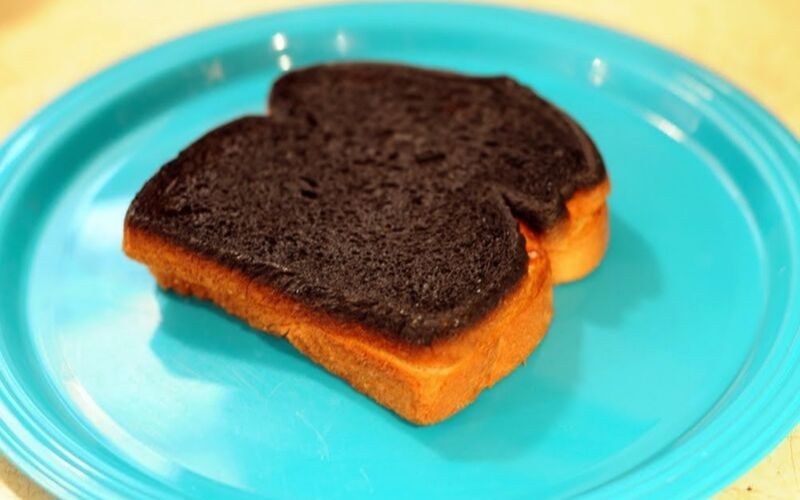
That burnt piece of toast you were about to throw away can actually give you a brighter, whiter smile. Toast is mainly composed of starch, which, when burnt, produces a significant amount of carbon—a substance similar to activated charcoal, known for its teeth-whitening properties.
Refer to: . for instructions on how to use this method effectively.
6 Teeth Whitening with Baking Soda
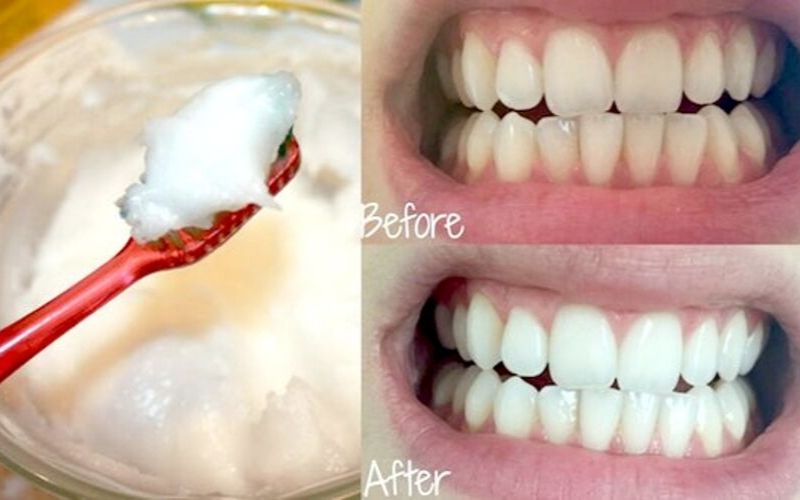
When it comes to natural teeth-whitening remedies, baking soda is a popular and well-known ingredient among women. Its mild acidic properties make it safe to use on teeth, helping to neutralize harmful acids and remove food particles and colored stains stuck between teeth.
To enhance the effectiveness of this method, you can combine baking soda with other ingredients. Check out:
In addition to baking soda, you can also use for teeth whitening.
For further reading:
7 Teeth Whitening with Apple Cider Vinegar

Apple cider vinegar is commonly used as a flavor enhancer in daily cooking. But did you know it’s also great for eliminating bacteria and stubborn dental plaque?
Refer to: to discover more perfect ingredient pairings for teeth whitening.
8 Teeth Whitening with Activated Charcoal
Activated charcoal is a natural substance used for teeth whitening and is becoming a popular trend in the beauty industry due to its effectiveness and safety for teeth.
Take a sufficient amount of activated charcoal, apply it to your toothbrush, and brush your teeth for about 2-3 minutes before rinsing with clean water. Repeat this process 2-3 times a week for whiter teeth.
 Teeth Whitening with Activated Charcoal
Teeth Whitening with Activated Charcoal
9 Teeth Whitening with Rice Water
Rice water is rich in antibacterial agents and contains high levels of vitamin B and vitamin E, making it effective in treating bad breath, gum inflammation, and other oral issues. Take some rice water and pour it into a bowl. After the sediment settles, discard the cloudy water and use the clear, dense water at the bottom of the bowl. Brush your teeth with this rice water in the morning and at night, followed by your regular toothpaste.
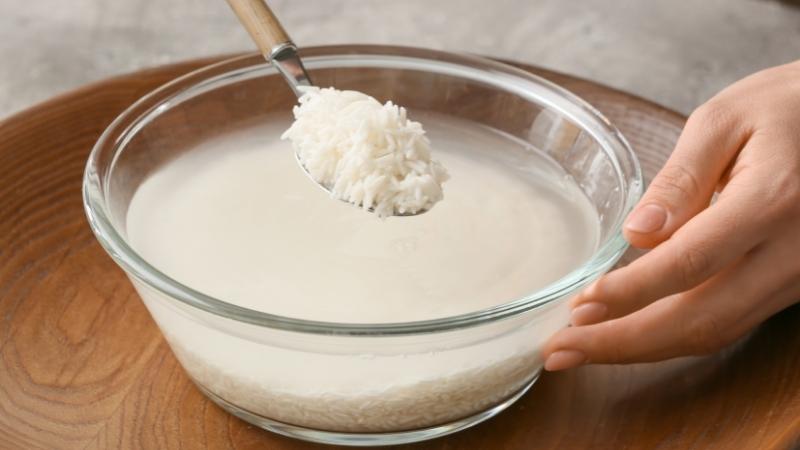 Teeth Whitening with Rice Water
Teeth Whitening with Rice Water
10 How to Prevent Stains on Teeth?
In addition to at-home whitening methods, adopting the following habits can help prevent or reduce unsightly yellow stains on your teeth in the long run:
Consume More High-Water-Content Fruits
Fruits and vegetables with high water content are excellent for maintaining healthy teeth. The moisture helps remove plaque from teeth and gums and eliminates bacteria that cause yellow stains. Specifically, pineapple and papaya contain papain and bromelain, enzymes known for their teeth-whitening properties.
 Pineapple for Teeth Whitening
Pineapple for Teeth Whitening
Adjust Your Daily Diet
Limit the consumption of stain-causing foods and beverages like alcohol, tea, coffee, soft drinks, and dark-colored fruit juices. Foods high in acid can erode tooth enamel.
 Limit Alcohol Consumption
Limit Alcohol Consumption
Maintain Good Oral Hygiene
Practicing good oral hygiene is an effective way to whiten your teeth at home that is often overlooked. Regular brushing and the use of mouthwash help protect tooth enamel, prevent tooth decay, and remove yellow stains.
 Maintain Good Oral Hygiene
Maintain Good Oral Hygiene
I hope that the information shared in this article will help you in your journey to achieving a brighter smile. As the saying goes, “Your hair is your crowning glory, and your teeth are your smile’s glory.” So, before you focus on other aspects of your appearance, prioritize taking care of your teeth. Good luck on your journey to a brighter smile!
Discovering Unusual Ways to Utilize Salt
 Salt‘>
Salt‘>Table salt: a staple for the kitchen table, and a surprisingly powerful and versatile tool for cleaning, preserving and more! From preventing the discoloration of vegetables to repelling termites to deodorizing shoes, the uses of salt extend far beyond the kitchen.


























